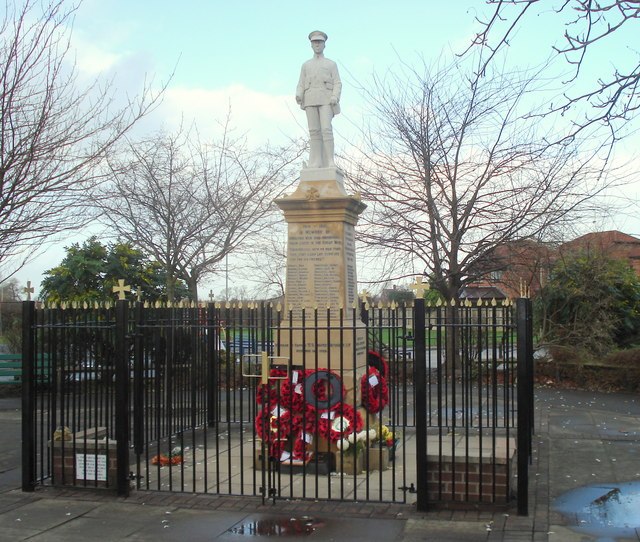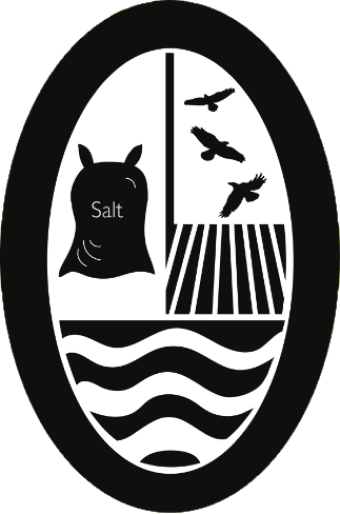Brief History
Moulton, as Moletune, was listed in the Domesday Book of 1086, amongst the estates of Baron Richard de Vernon of Shipbrook. The two households possessed a villager and a smallholder, with two ploughlands, one acre of meadow and a single “league” of woodland. The annual value of the settlement was 5 shillings.
However, Moulton grew with the advent of the salt mining industry in the Weaver valley and the nearby railway that served it on the Grand Junction Railway in 1837, and later the Over and Wharton Branch line, which opened in 1882. The housing in Church Street and Regent Street was built as homes for those workers. New housing developments in the 1960s, 1980s, 1990s and more recently have swelled the village to over 3,000 people.
Men and youths of the village who toured all the local fetes and shows performed the original dance. In more recent times the children of Moulton School have performed the dance as the finale to the village fete (known as the Crow Fair)
Moulton Crows

Moulton Crows started in the 1920s when many of the village’s menfolk had been laid off from the nearby salt works, which then lined the banks of the River Weaver from Newbridge to Winsford. Choreographed by a former dancing teacher, the dance was known as “The Relic of the Cornfields” but may have been adapted from an earlier tradition. The original dance was performed by an all male troupe.
The performance starts with a line of men dressed in black crow suits with yellow beaks surrounding a scarecrow which had pigeons
hidden in its costume. The dancers dance as if they are crows scavenging the newly ploughed field. Eventually the farmer enters with his gun and shoots at the crows. A new figure dressed in a white crow suit comes on to represent the dead crow, (originally the pigeons were released at this point). The dance continues as if the crows have landed and are feeding again. Finally we see the scarecrow come to life and follow the crows as they leave.
Men and youths of the village toured the local fetes and shows performed the original dance. In more recent times, it is the highlight of the Crow Fair.
War Memorial
In the centre of the village, at the head of the Playing Fields, is the Moulton War Memorial. Made from Yorkshire stone and with a soldier figure, the memorial remembers the twelve men from Moulton who died in World War I and the 34 men who died in World War II. These are:
World War I: Sam Ashley, Fred J Bates, Alfred Barber, Ernest Blyth, Arnold Buckley, Robert H Buckley, Robert Buckley, Wilmot Buckley, Jervis Clarke, William J Clarke, William H Cookson, John Crank, Walter Didsbury, John William Foster, George Greatbanks, Harry Groves, Horace Hitchinson, Harry Hodkinson, John William Jones, Jack Maddock, Oliver Middleton, Arthur Noden, George Ravenscroft, Joseph Shaw, James Southern, Thomas Southern, Dan Tomlinson, Enoch Tomlinson, John Tomlinson, Peter Wakefield, Albert V Walker, George Weedon, Arthur F Wilkinson, Joseph Yardley
World War II: Harold Brookes, Felix Frank Buckley, George Dickens, John Henry Eyres, Stanley Goulding, James Eric Kenrick, William Gordon Kennerley, Ralph Latham, George Miles, George Shannon, Albert Edward Stockhall, Frederick Wright

There are also war memorials in St Stephens Church and the Methodist Church; the road names of an estate in the Northern part of the village has its roads named after those men.
A local author, Geoff Crompton, wrote two books about the men who died from the village in the wars, 34 Men and Another Dozen; as these books are now out-of-print, the author gave permission for the village community to host them and they can be found on our website.
